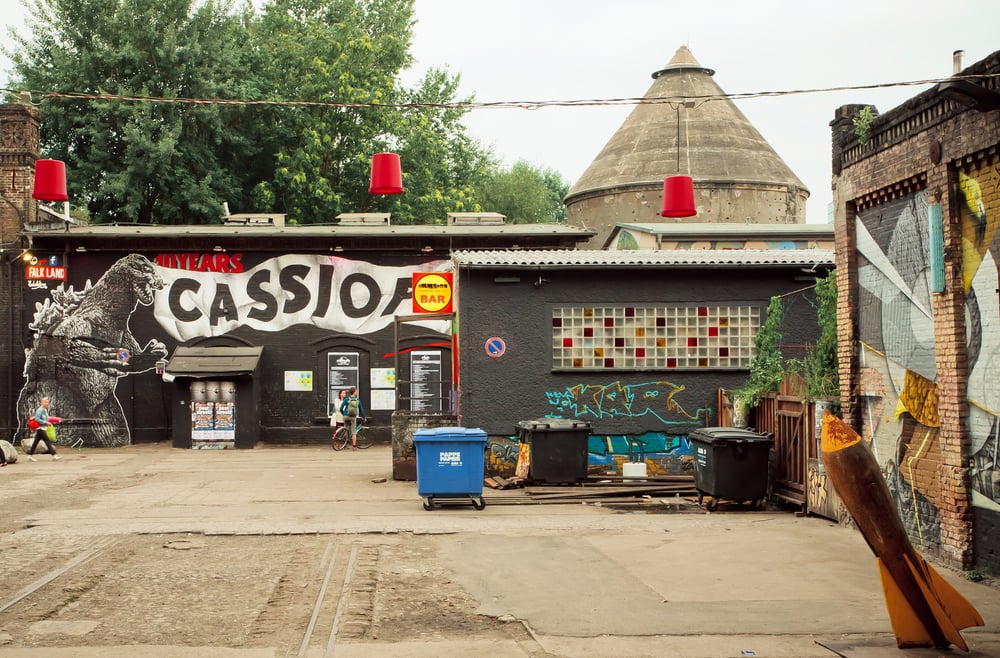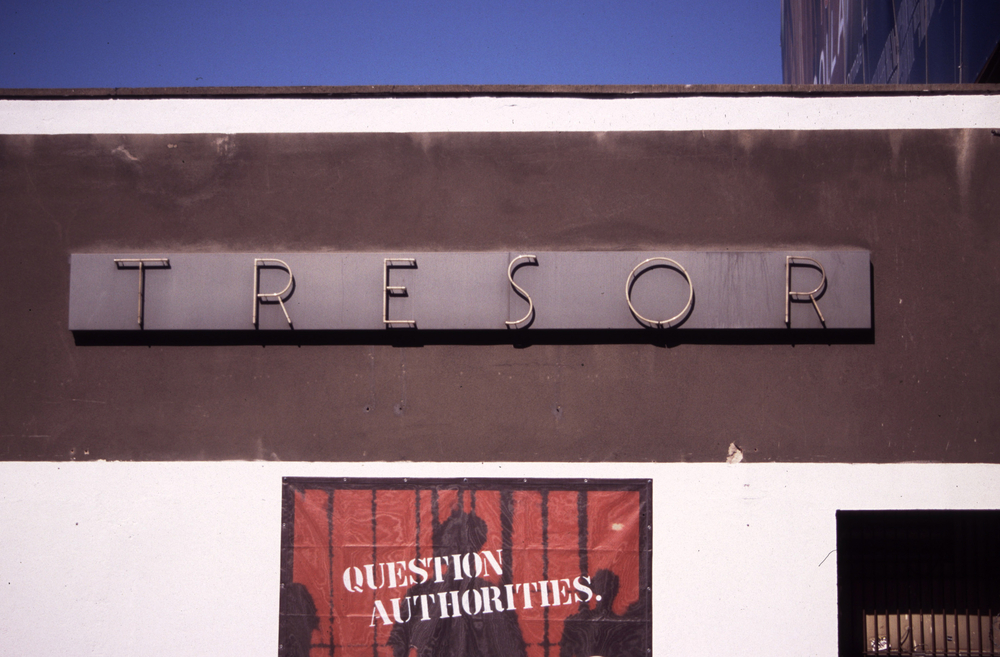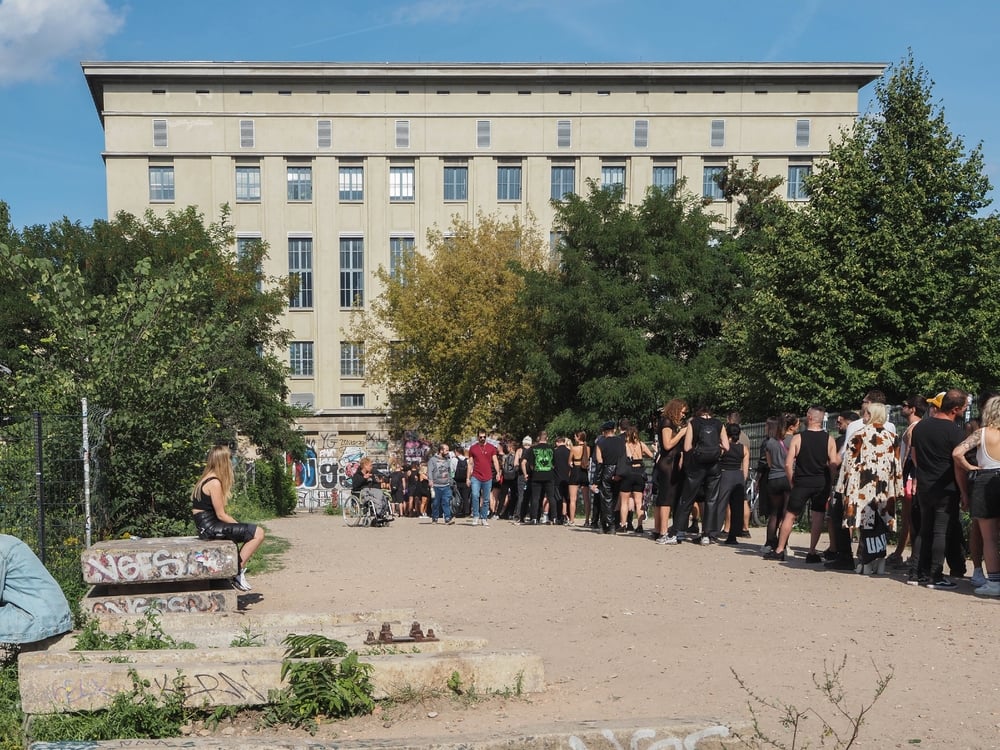In the vibrant tapestry of Berlin’s nightlife, there’s a rhythm that reverberates through the city’s streets, clubs, and collective consciousness. It’s the unmistakable pulse of techno music – a genre that has woven itself into the fabric of Berlin’s cultural identity. Join us as we journey through the history, beats, and allure of Berlin’s techno culture, from its humble beginnings to its status as a global epicenter of electronic music.
The Birth of Berlin Techno: A Historical Prelude
In the wake of the fall of the Berlin Wall in 1989, the city underwent a seismic transformation. With the reunification of East and West Berlin came a wave of creative energy and cultural experimentation. Abandoned buildings, warehouses, and industrial spaces became the playgrounds for a burgeoning underground scene, where DJs and partygoers alike sought refuge from the constraints of the past.
It was in this fertile ground that Berlin techno was born. Influenced by the avant-garde sounds of Detroit and the electronic experimentation of Kraftwerk, Berlin’s techno pioneers crafted a sound that was raw, gritty, and unapologetically urban. Artists like Jeff Mills, Juan Atkins, and Richie Hawtin became synonymous with the sound of Berlin’s underground, laying the foundation for what would soon become a global phenomenon.
The Rise of the Berlin Techno Scene: From Tresor to Berghain
As the ’90s unfolded, Berlin’s techno scene began to blossom, fueled by a spirit of innovation and rebellion. Legendary clubs like Tresor emerged as epicenters of the movement, hosting marathon parties that stretched into the early hours of the morning. It was in the dimly lit corridors of Tresor’s vaults that the sound of Berlin techno found its home, echoing off the walls and reverberating through the collective consciousness of a generation.
As the new millennium dawned, Berlin’s techno scene continued to evolve, giving rise to a new generation of clubs and collectives. Berghain, housed in a former power plant, emerged as the undisputed temple of techno, drawing revelers from around the world with its uncompromising music policy and hedonistic ethos. With its labyrinthine layout, Funktion-One sound system, and notoriously selective door policy, Berghain became a symbol of Berlin’s techno culture, embodying the city’s ethos of freedom, creativity, and uninhibited expression.
Berlin Techno Today: A Global Epicenter of Electronic Music
Today, Berlin stands as a global epicenter of electronic music, its streets alive with the sounds of techno pulsating from clubs, warehouses, and open-air parties. From the darkened dancefloors of Berghain to the intimate confines of clubs like Watergate and ://about blank, Berlin offers a smorgasbord of techno experiences for music lovers of all stripes.
But Berlin’s techno culture is more than just the clubs – it’s a way of life, a philosophy, a collective consciousness that permeates every aspect of the city’s identity. It’s the spirit of freedom and rebellion that courses through its streets, the sense of possibility and experimentation that defines its creative landscape.
Berlin’s techno culture is a living, breathing entity – a force of nature that has shaped the city’s past, present, and future. From its humble beginnings in the underground to its global dominance on the dancefloors of the world, Berlin techno is more than just music – it’s a movement, a philosophy, a way of life. So come, immerse yourself in the pulsating rhythm of Berlin’s techno culture, and dance until the sun rises over the city that never sleeps.






